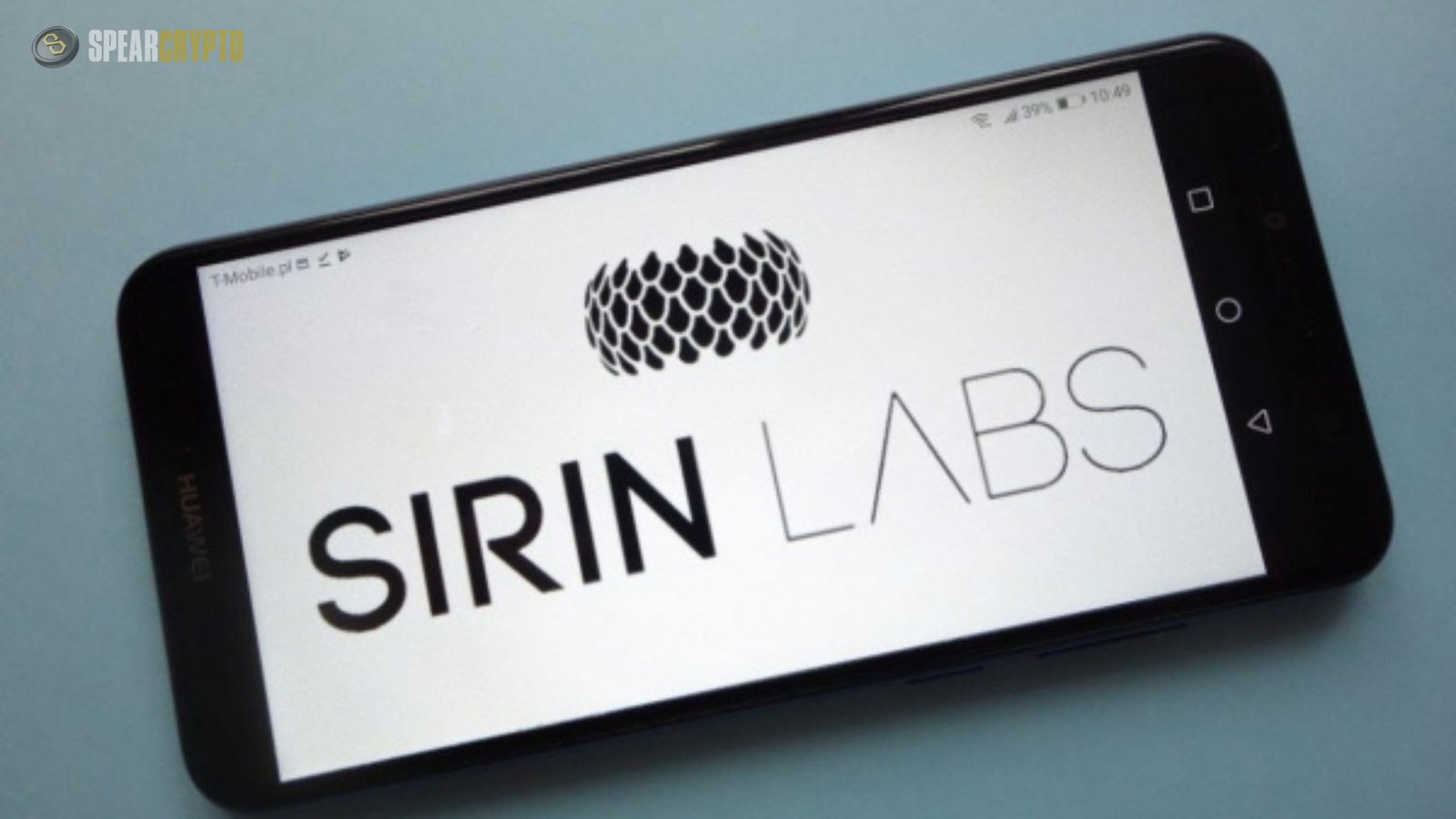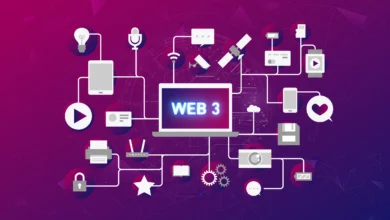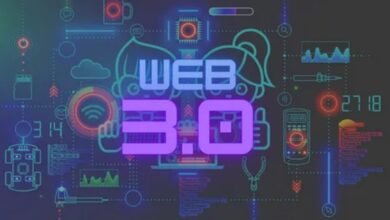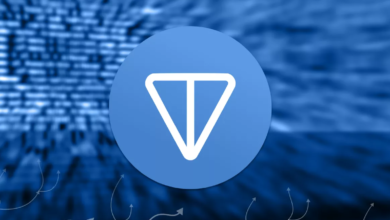
Web3 is a game-changer in the ever-changing world of digital innovation; it will change how we use the internet forever. Web3 phones, which use decentralized technology to give consumers greater agency over their data, assets, and interactions, are pivotal to this shift. These next-gen mobile phones show us how decentralization, blockchain, and cryptocurrency will be a part of our everyday digital lives in the future, in sharp contrast to the old Web2-based models.
Understanding Web3 is the first step in realizing the possibilities of Web3 phones. A decentralized network, Web3 seeks to return power to the person, unlike Web2, where centralized companies (such as tech giants) control large amounts of user data and content. Users can control their data, interact peer-to-peer without intermediaries, and engage in trustless transactions on Web3, built on blockchain technology, smart contracts, decentralized apps (dApps), and token-based economics.
Web3 phones take the best of both worlds—a smartphone with all the usual features and the infrastructure to run decentralized apps and services—and bring the spirit of decentralization to mobile technology. You can manage your digital identities, store bitcoins, and participate in decentralized finance (DeFi) ecosystems—all from your mobile device—with a Web3 phone, which is built to simplify blockchain-based activities.
Features of Web3 Phones
Web3 phones bring a range of unique features that set them apart from conventional smartphones. These features are designed to align with the principles of decentralization and user sovereignty that underpin Web3 technology.
Native Crypto Wallet Integration
One of the most significant features of Web3 phones is the integration of native cryptocurrency wallets. Unlike traditional smartphones, where users need to download third-party apps to manage their digital assets, Web3 phones come with built-in wallets that allow for seamless cryptocurrency storage, transfers, and transactions. These wallets can support multiple blockchain networks, enabling users to store tokens, including Bitcoin (BTC), Ethereum (ETH), and other altcoins.
Decentralized Identity Management
Web3 phones also strongly emphasize decentralized identity (DID) management. With DID, users can create and manage their digital identities without relying on centralized authorities or platforms. This feature responds to the growing concern over data privacy and security, as it allows individuals to maintain ownership of their personal information while interacting with services across the decentralized web. DID systems on Web3 phones leverage blockchain technology to verify identities and secure personal data, ensuring that users remain in control of their online identities?
Enhanced Security with Hardware Wallets
Many Web3 phones incorporate hardware wallets, offering an additional security layer for storing private keys and sensitive information. Hardware wallets provide a secure, offline environment for managing cryptocurrency assets, safeguarding them from hackers and malware. Integrating hardware wallets into Web3 phones means that users can enjoy the convenience of mobile transactions while benefiting from the robust security features typically associated with dedicated cryptocurrency storage devices.
dApp Store and Web3 Browsers
In the Web2 era, app stores and browsers are controlled by centralized entities that curate content and impose restrictions. Web3 phones, on the other hand, support decentralized app stores and Web3 browsers, allowing users to explore and interact with decentralized applications without the oversight of intermediaries. Web3 browsers are designed to access blockchain-based websites and services, offering a more transparent and user-centric browsing experience.
Smart Contract Execution
Smart contracts are self-executing contracts with the terms of the agreement directly written into code. Web3 phones can execute smart contracts natively, allowing users to engage in automated, trustless transactions from their devices directly. This capability opens up new possibilities for mobile commerce, gaming, and social networking, where decentralized transactions can be facilitated without needing third-party intervention.
Tokenized Ecosystems and NFT Support
Another hallmark of Web3 phones is their support for tokenized ecosystems, including non-fungible tokens (NFTs). NFTs, representing unique digital assets, have gained significant popularity in recent years, particularly in art, gaming, and collectibles. Web3 phones enable users to easily mint, trade, and manage NFTs, unlocking new opportunities for content creators and collectors in the decentralized digital economy.
Leading Web3 Phone Models
Several companies are at the forefront of the Web3 phone revolution, developing devices that integrate the decentralized web into the mobile experience. These devices aim to provide users with the tools they need to interact with the blockchain ecosystem while retaining the functionality of a modern smartphone.
Solana Saga
The Solana Saga is a Web3 phone designed by Solana Labs, one of the leading blockchain networks. Launched in 2023, the Saga is specifically tailored for crypto enthusiasts and developers who want to access the Solana blockchain on the go. The phone features a built-in crypto wallet, decentralized identity support, and a native dApp store. The Solana Saga runs on Android but is heavily integrated with the Solana blockchain, enabling users to interact with decentralized applications and manage their crypto assets directly from their mobile devices.
HTC Exodus
HTC has pioneered the Web3 phone space with its Exodus series. The HTC Exodus 1, launched in 2018, was one of the first smartphones to incorporate a built-in cryptocurrency wallet and blockchain functionality. Since then, HTC has continued innovating, releasing subsequent models focusing on decentralization, security, and privacy. The HTC Exodus phones are designed to support decentralized applications and offer secure storage for digital assets through their hardware wallet integration.
Finney by Sirin Labs
Sirin Labs introduced the Finney phone in 2018, branding it as the world’s first blockchain phone. The Finney features a cold storage wallet for securely storing cryptocurrency and supports decentralized applications. One of the standout features of the Finney phone is its focus on security, with a dedicated hardware switch that physically disconnects the wallet from the internet when not in use, protecting it from cyber threats.
Benefits of Web3 Phones
Web3 phones offer several benefits to users, particularly those active in the blockchain and cryptocurrency space. Some of the key advantages include:
Greater Control Over Data
Web3 phones empower users to take control of their data by eliminating the need for centralized intermediaries. With decentralized identity management and blockchain-based authentication, users can decide what personal information they share and with whom. This marks a significant shift from the traditional Web2 model, where tech giants collect and monetize user data.
Seamless Access to Blockchain Ecosystems
Web3 phones offer a more seamless and convenient experience for users who regularly interact with blockchain networks. Instead of relying on third-party apps or external devices, Web3 phones integrate blockchain functionality directly into the mobile device, making storing, managing, and transferring cryptocurrencies easier. Additionally, the ability to access decentralized applications and smart contracts natively means. That users can engage with the decentralized web anytime, anywhere.
Enhanced Security for Digital Assets
With the integration of hardware wallets and secure enclave technology, Web3 phones provide enhanced security for cryptocurrency and digital assets. These phones offer a secure environment for storing private keys, which is essential for accessing blockchain accounts and conducting transactions. Web3 phones protect users from potential hacks and malware attacks by keeping private keys offline.
Decentralized Commerce and Ownership
Web3 phones pave the way for decentralized commerce, where users can engage in peer-to-peer transactions without intermediaries such as banks or payment processors. This can disrupt traditional business models and create new opportunities for creators, entrepreneurs, and consumers. Additionally, Web3 phones enable users to own and trade digital assets, such as NFTs, directly from their devices, contributing to the growth of tokenized economies.
Challenges and Limitations
While Web3 phones hold immense promise, some challenges must be addressed to achieve mainstream adoption.
Limited Ecosystem and dApp Availability
One of the primary challenges facing Web3 phones is the relatively limited ecosystem of decentralized applications compared to the vast array of apps available in traditional app stores. While the number of dApps is growing, there is still a long way to go before decentralized alternatives rival their centralized counterparts’ functionality and convenience.
Complexity and Learning Curve
The decentralized nature of Web3 introduces complexity that may deter less tech-savvy users from adopting Web3 phones. Managing private keys, navigating decentralized identity systems, and understanding blockchain transactions require a certain level of technical knowledge. That is not yet intuitive for the average smartphone user.
Regulatory Uncertainty
The regulatory environment surrounding cryptocurrencies and blockchain technology remains uncertain in many parts of the world. This uncertainty could impact the adoption of Web3 phones, particularly if governments impose restrictions or regulations on digital assets and decentralized services.
The Future of Web3 Phones
The capabilities and popularity of Web3 phones will also evolve in tandem with the Web3 ecosystem. Not only might these gadgets revolutionize our relationship with the web, but they might also change. The game for mobile electronics in general. An important step towards a more open, transparent, and user-centric digital future has been taken by Web3 phones by embedding decentralization, security, and user empowerment into the very fabric of mobile devices.
A stronger decentralized application environment and clear regulations are two obstacles. That must be addressed before Web3 phones can be widely accepted. Phones could be a lifesaver in the next iteration of the internet as more and more people learn about decentralization and the need for control over their data.
As we continue our journey towards a decentralized web, Web3 phones will undoubtedly be integral. These devices provide a look into a future where consumers have more control over their digital lives by integrating. The power of blockchain technology with the functionality of existing smartphones. It is hard to exaggerate the potential of Web3 phones to revolutionize mobile technology, especially as the Web3 movement gathers steam.
[sp_easyaccordion id=”3046″]







